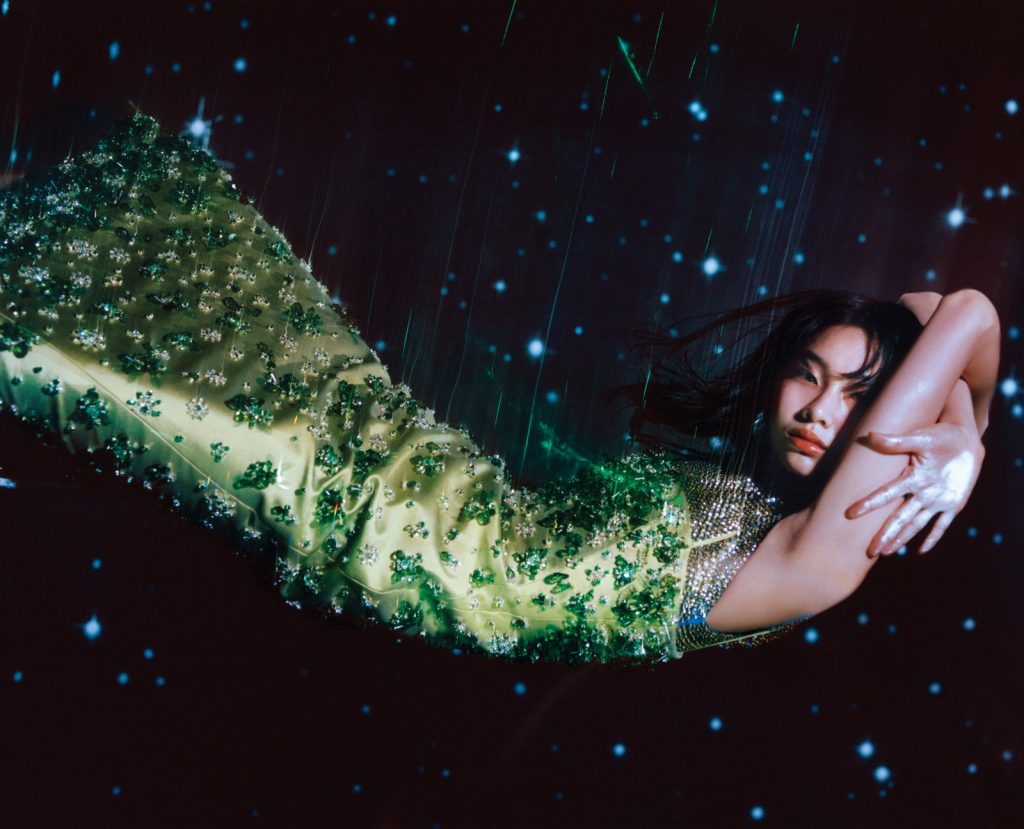
When Hoyeon Jung landed in America for the first time in nearly a year, she noticed that something in the air had changed. A kind of charge seemed to hover around the South Korean model turned actor, once known for her incandescent red hair, now famed for her role as a brooding North Korean defector in the Netflix hit Squid Game. She stepped briskly through the LAX terminal to the immigration desk where a delighted officer promptly asked for her autograph.
A few days later she sat down to breakfast at the Beverly Hills Hotel, ensconced in a striped banquette, casual in jeans and a blue Henley, dark hair hastily pulled into a low ponytail. No one paid her any mind—this was the Polo Lounge after all—but then, the maître d’ slid a frothy latte in front of her. Peering up from the cup was Kang Sae-byeok, her Squid Game character, realistically rendered in milk foam.
“Sae-byeok-y coffee, isn’t that crazy? My entire life changed in just one month,” she tells me days later, now in New York. As we talk she switches fluidly between Korean and English, which she speaks with a lovely lilt and cheerful affect. It’s hard to overstate the phenomenon of Squid Game—a dystopian survivalist series that overtook the culture last fall, watched by some 142 million households in its first four weeks. (It became Netflix’s most-viewed series of all time.) Among a cast of established South Korean stars, the 27-year-old quickly emerged as the breakout.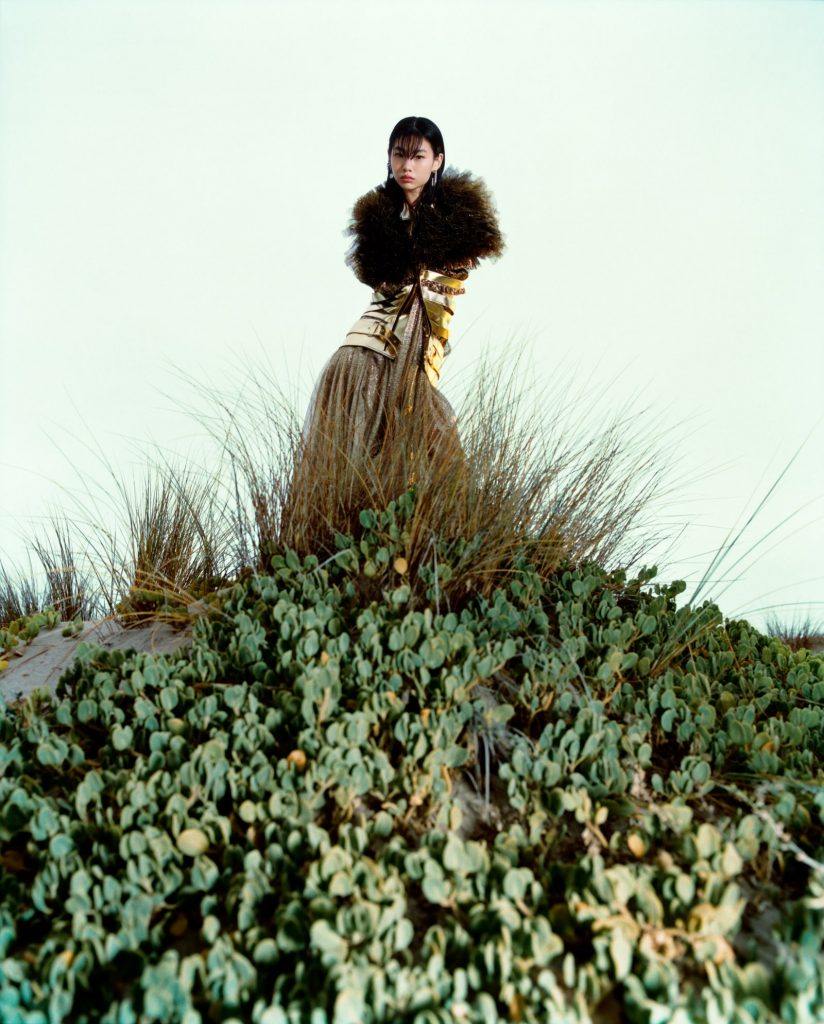
Within three weeks she watched her Instagram follower count rise from 400,000 to 15 million; as of this writing, she sits at a comfortable 23.8 million—the most-followed Korean actress in the world. And her name has earned 3.5 billion views on TikTok, in an endless stream of fan-made clips and memes. She describes visiting Los Angeles in a state of stunned amazement, lunching with a string of Hollywood agents desperate to court her, and rubbing elbows at a LACMA gala in a cascading Louis Vuitton gown with stars she was excited to meet, like Awkwafina and Lil Nas X.
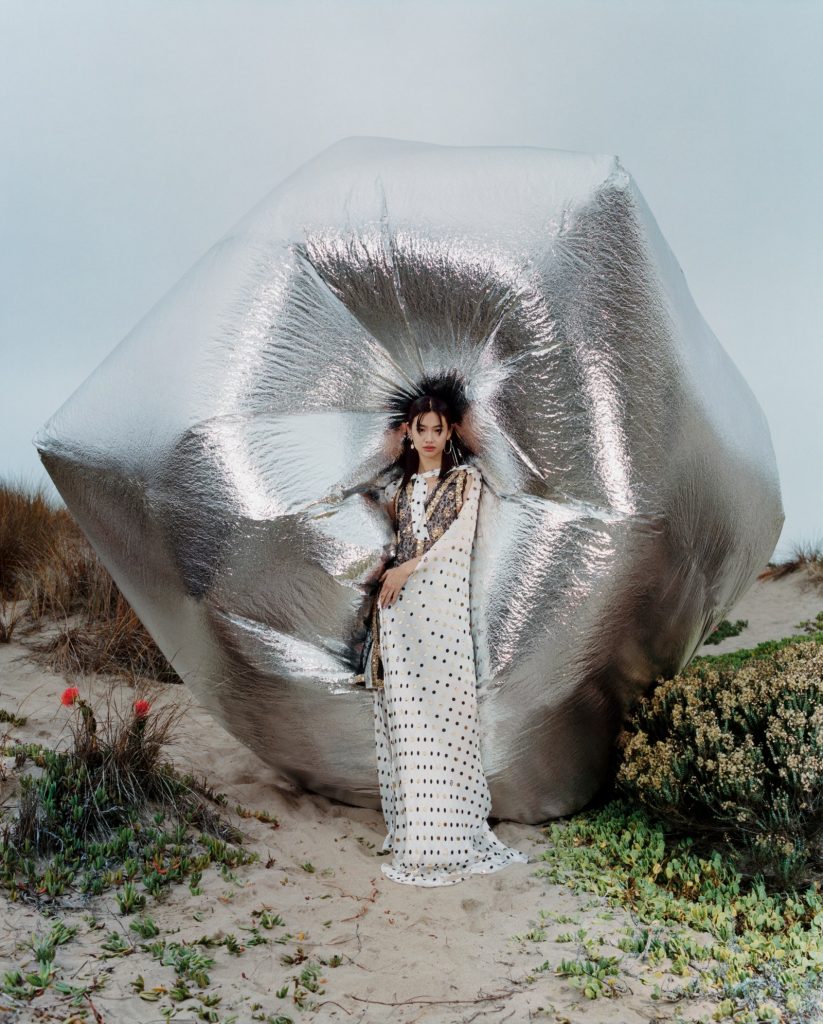
The second of three daughters, Hoyeon was born in Seoul and raised on the outskirts, in the hamlet of Myeonmok-dong, in a household of women. For the last decade, her father has run a 24-hour roadside diner called Oori Nara, or Our Country (typically searched on Naver, South Korea’s Google, as “Squid Game Hoyeon’s family restaurant”). He serves steaming mounds of rice and bone-broth stews swimming with rings of green onion and flakes of gochugaru, a spice that she loves. It’s from him that Hoyeon inherited her own love of cooking, carefully re-creating her favorite family dishes as though casting a line toward home.
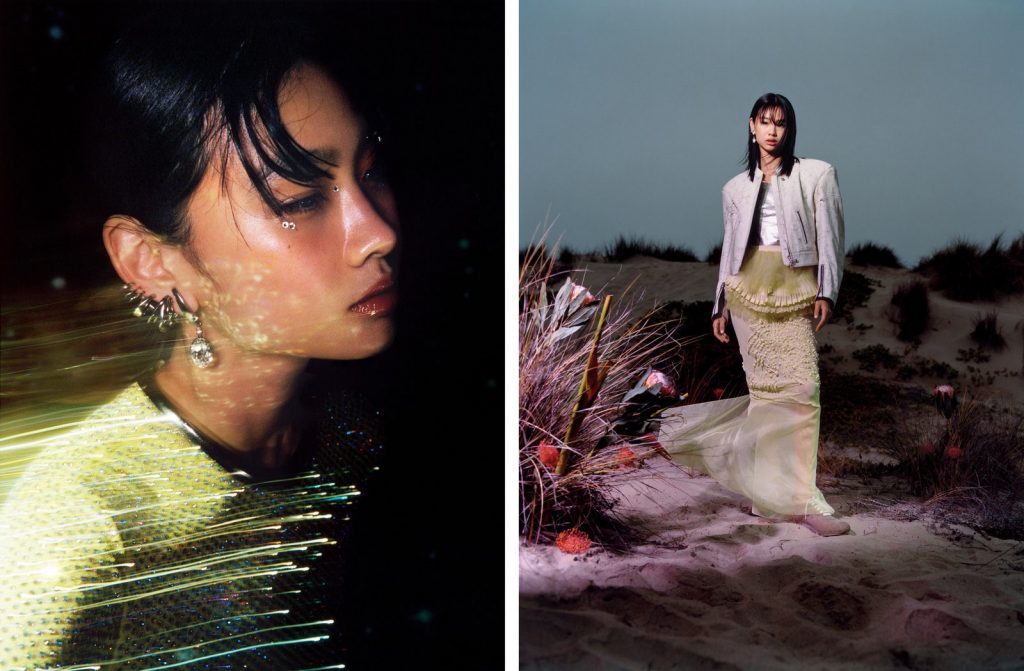
Always independent, Hoyeon grew up a self-described “tomboy” who adored exploring the mountains and valleys and streams to the east of Seoul. She still prefers to drive in that direction, away from the glimmering capital, to the coastal town of Gangneung, surrounded by towering pines, which she affectionately refers to as soondubu, or soft tofu, heaven. “Cute places are great, but you can see them in any city,” she says. “Personally, I like to go a little more traditional and grungy—where the food is so delicious.”
As a girl, she “didn’t have any interest in modeling or fashion,” she confesses. “But I was tall”—she’s five foot nine—“and people on the street would tell me to be a model, so I thought, Why not try it? I’ve always been ambitious. I liked the challenge and kept wanting to go to the next level.” Still living at home, she took herself to castings before signing with a leading Seoul agency and landing on Korea’s Next Top Model, at age 19—a program that launched the country’s most-famous faces. She placed second, which was a kind of baptism by fire. “I searched my name every day, and I read all the comments, one by one,” she says, a bit sheepish. “Even if eight people loved me and only two people hated me, I always cried, at home alone.” The criticism felt personal; it still does. “Even now, I struggle with low self-esteem.”
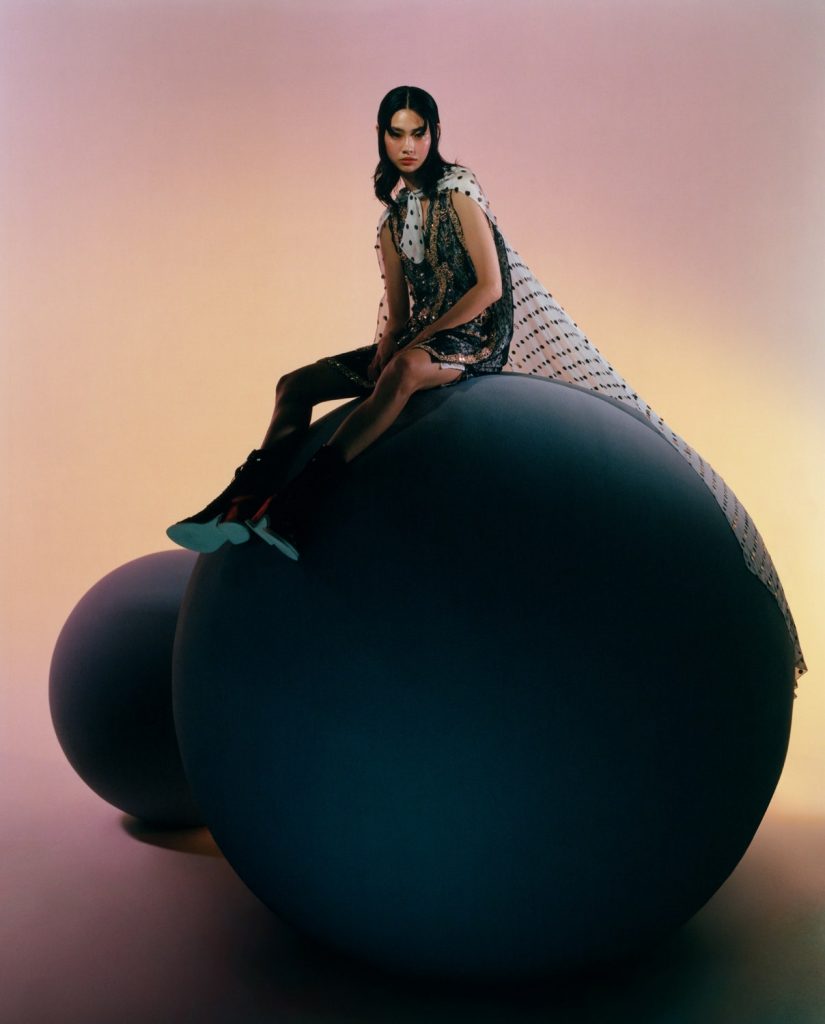
Nevertheless, she found the tenacity to press on and rose through the ranks, becoming a favorite of Korean editors. I first met Hoyeon six years ago on an abandoned Seoul rooftop in the industrial neighborhood of Euljiro, where a local fashion show was taking place. She had a powerful walk and features so impossibly fine that I was reminded of a baby bird. We sat down for a coffee that week, and I remember that she wore black Lemaire pants that accentuated her long legs and a striped robe coat cinched tightly around her waist. She had a lively and frank way of speaking, always laughing and gesturing with her hands, and an infectious smile.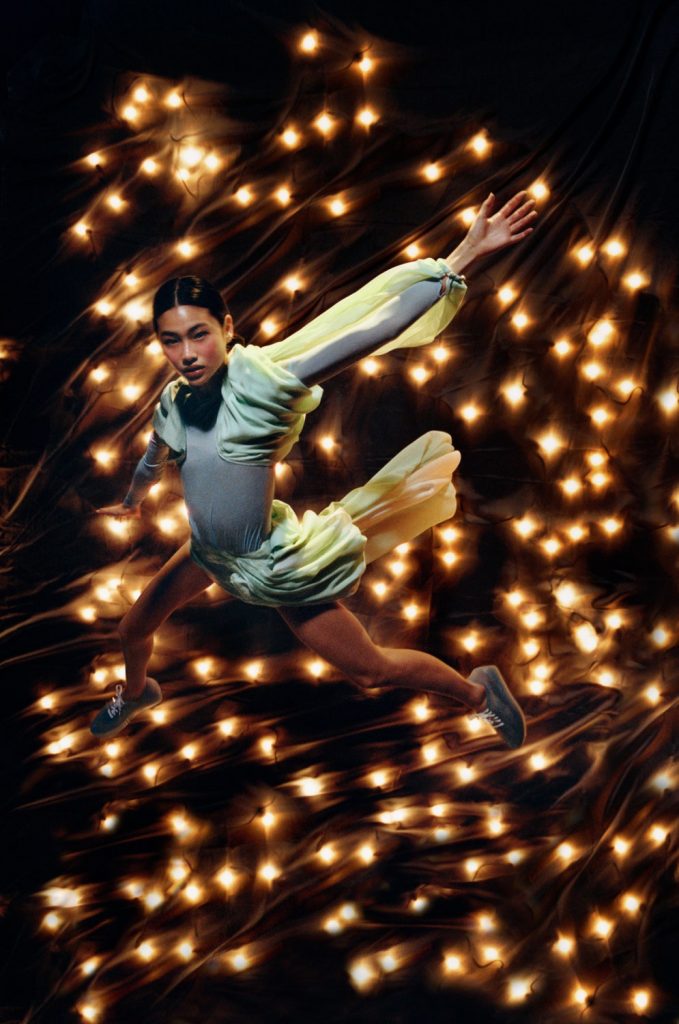
Only six months later she would sign with New York modeling agency The Society, dye her hair the brilliant shade of vermilion that would become her signature, and move into a Koreatown studio on 34th Street that she kept spotlessly clean. It was her first time living away from home. “I paid $1,500 a month for this tiny space,” she recalls. “The sun never came in and there was no closet, so I kept my clothes on a rack.”
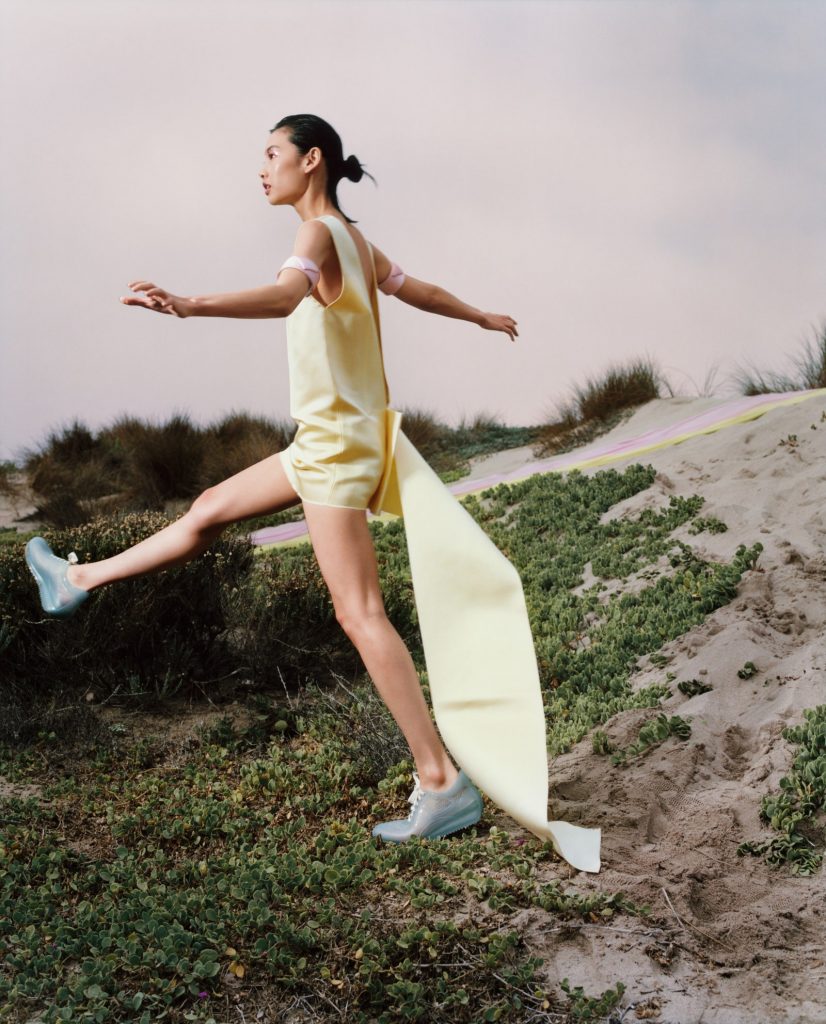
But the city suited her. It was here that she began to find peace with the imperfections that had been picked apart by the public. “Growing up, I thought I had so many shortcomings, and I always thought that I had to fix them,” she says. “New York was the first place that told me that they were okay. I remember being so moved.”
It was during her first Fashion Week in Paris, in 2016, that she caught the eye of Nicolas Ghesquière, Louis Vuitton artistic director of women’s collections. “I remember the first thing that struck me was her smile,” he tells me over the phone from L.A. “I remember she had flamboyant red hair, of course, a gorgeous silhouette, and such an elegant way of moving. Off of the walk, we already knew she was in—as we say.”
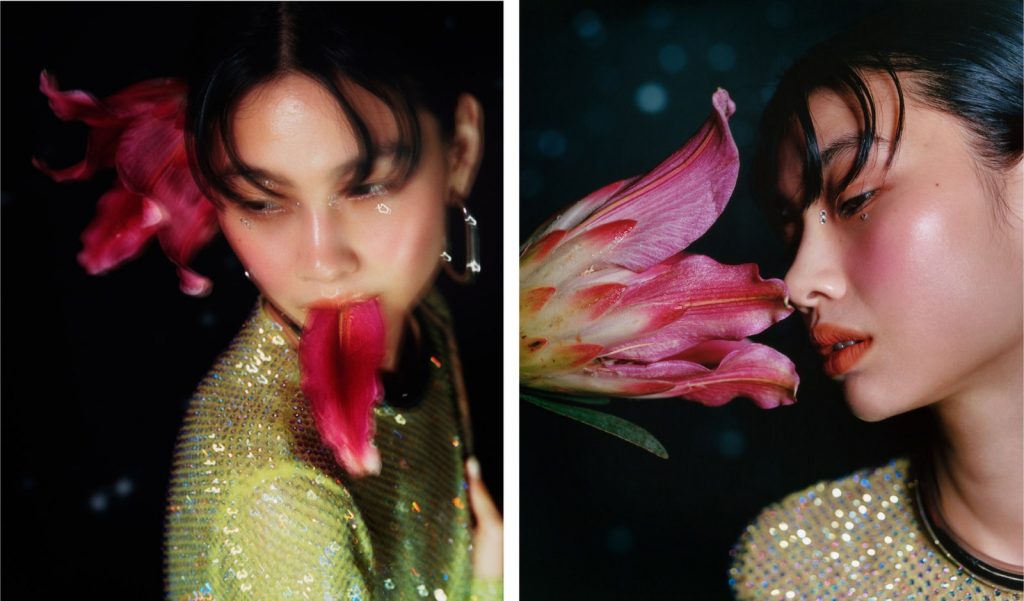
Ghesquière held her as an exclusive, which meant Hoyeon spent 10 days anxiously pacing the Place Vendôme, unsure if the fittings would amount to anything, until the day she stepped down the brutalist halls of the then unfinished Rue Saint-Honoré flagship in a liquid black leather dress and became, in that moment, one of her country’s top models. She was 22 and would go on to shoot with Juergen Teller and Tim Walker and campaigns for Vuitton, Marc Jacobs, and Chanel.
Source: View More in Vouge
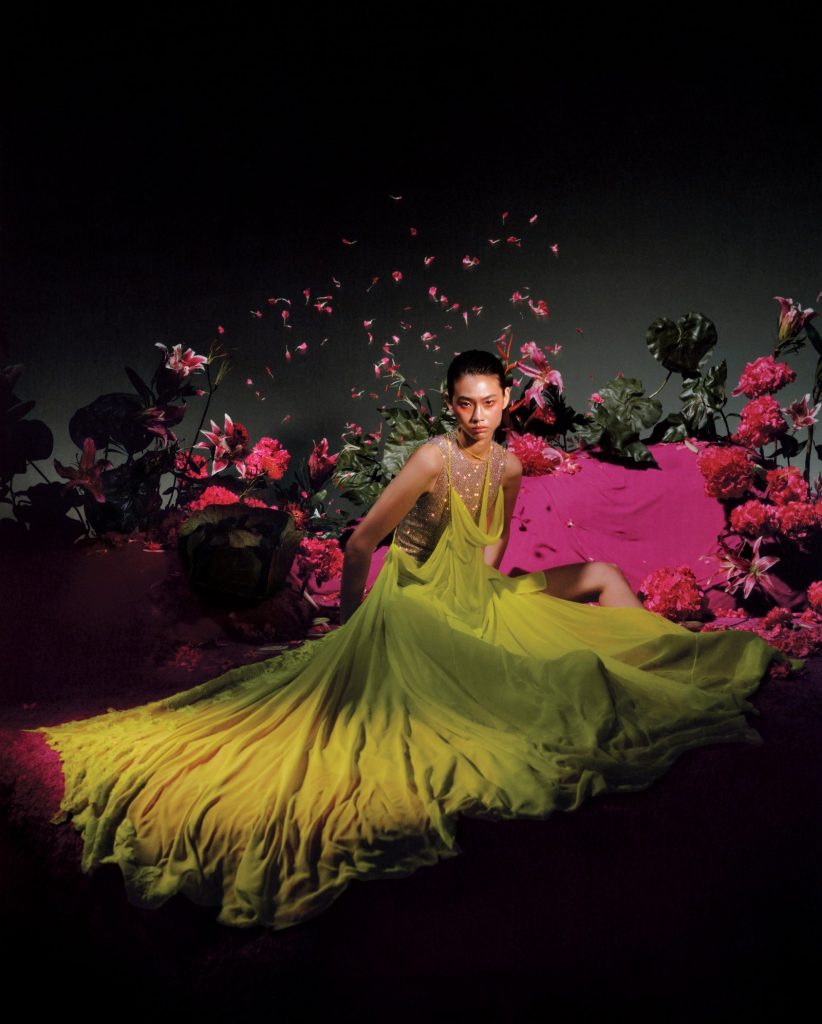

















































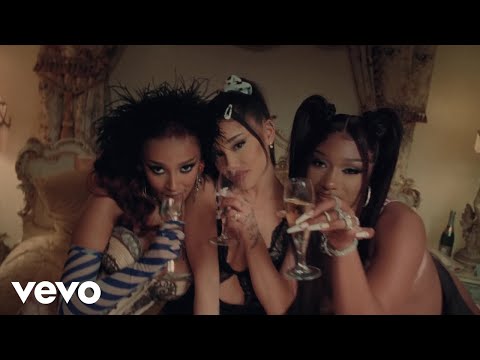
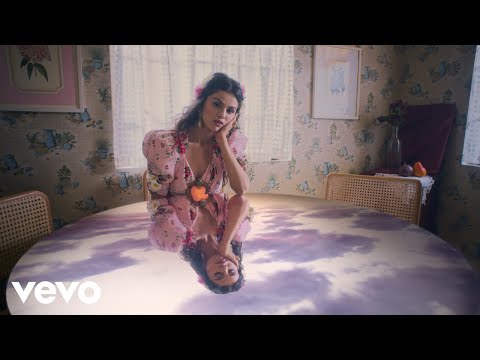












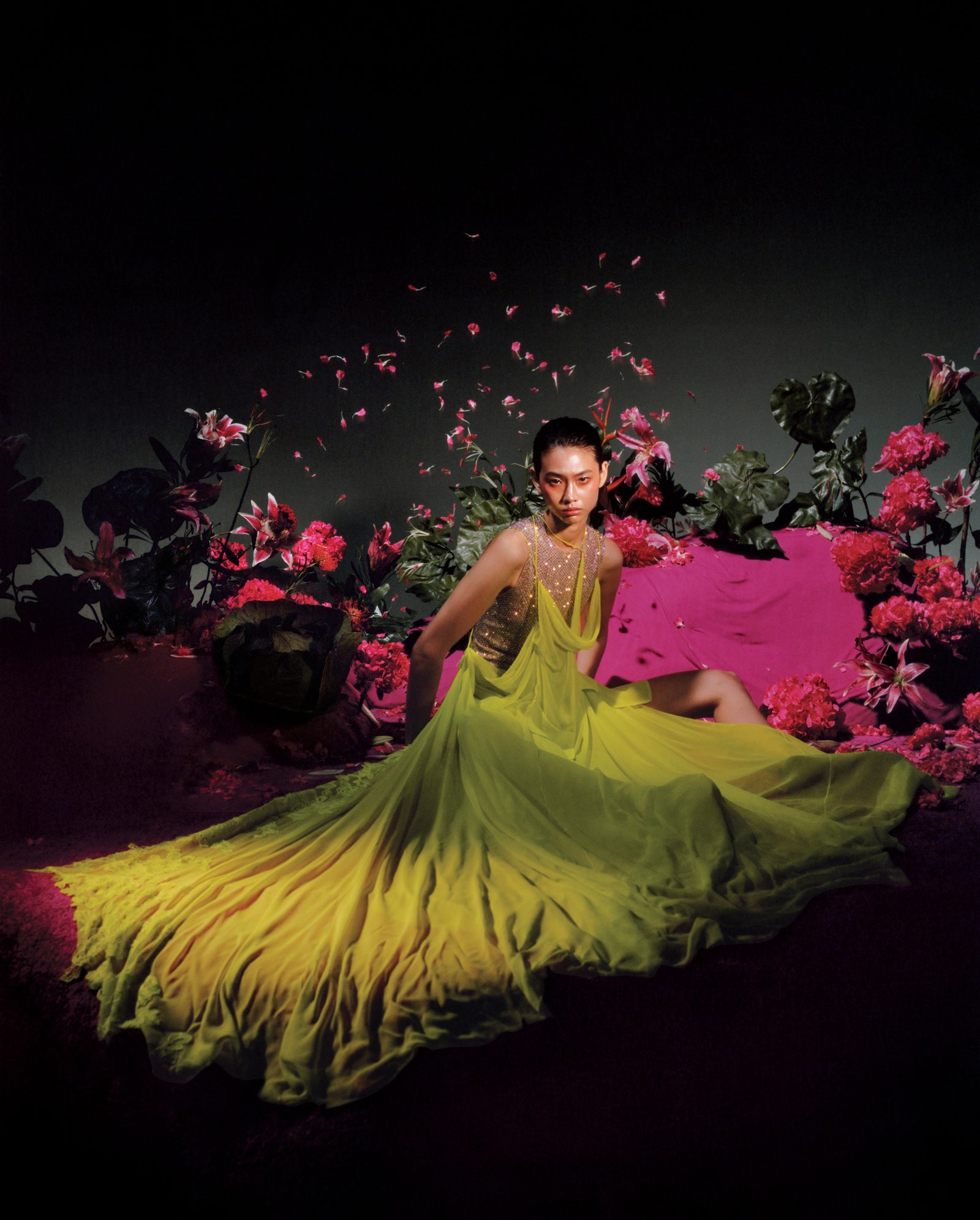



































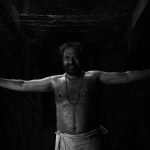
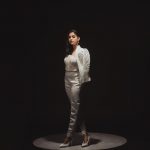

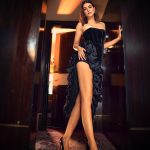









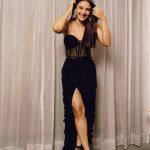







You must be logged in to post a comment Login